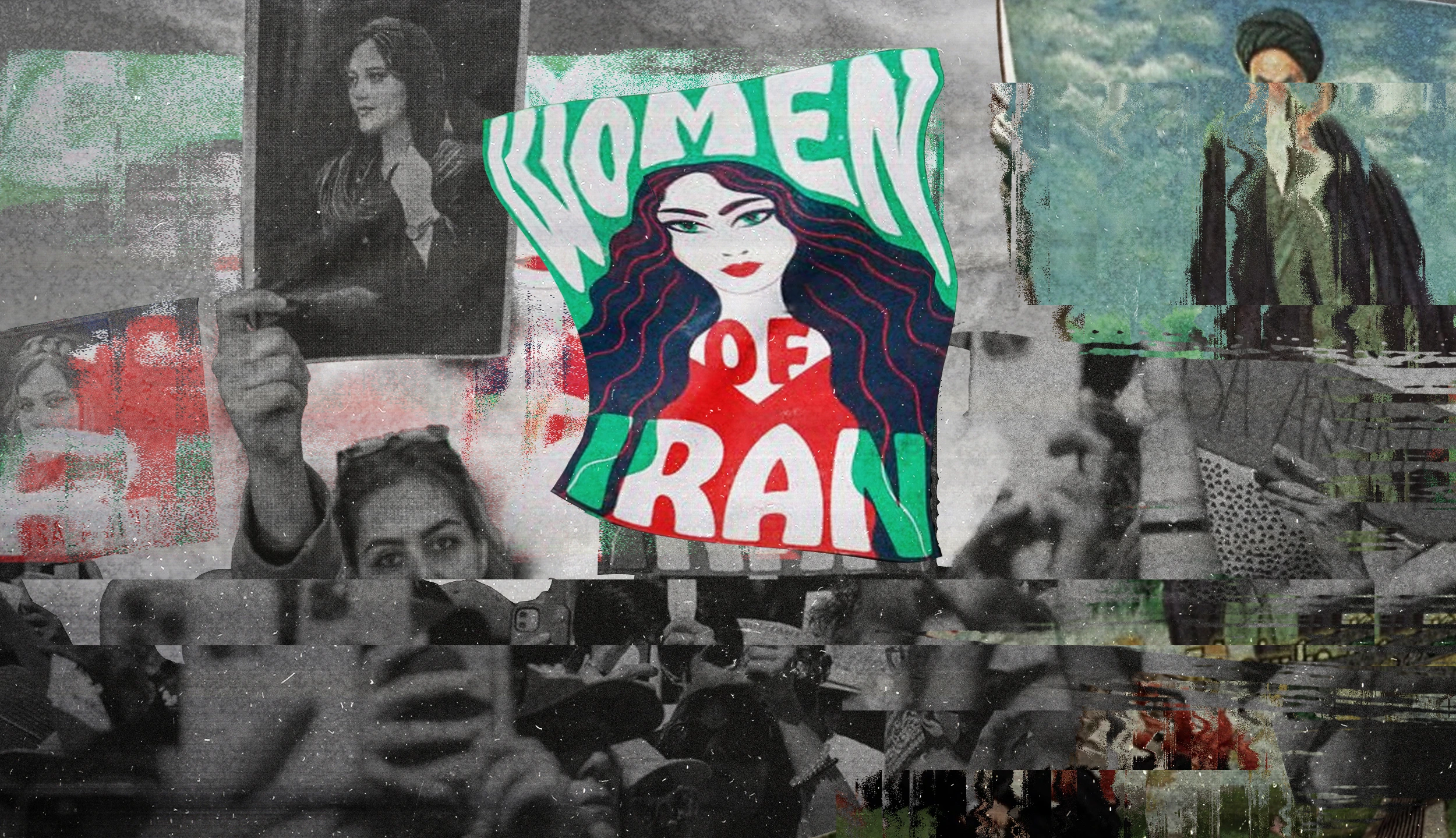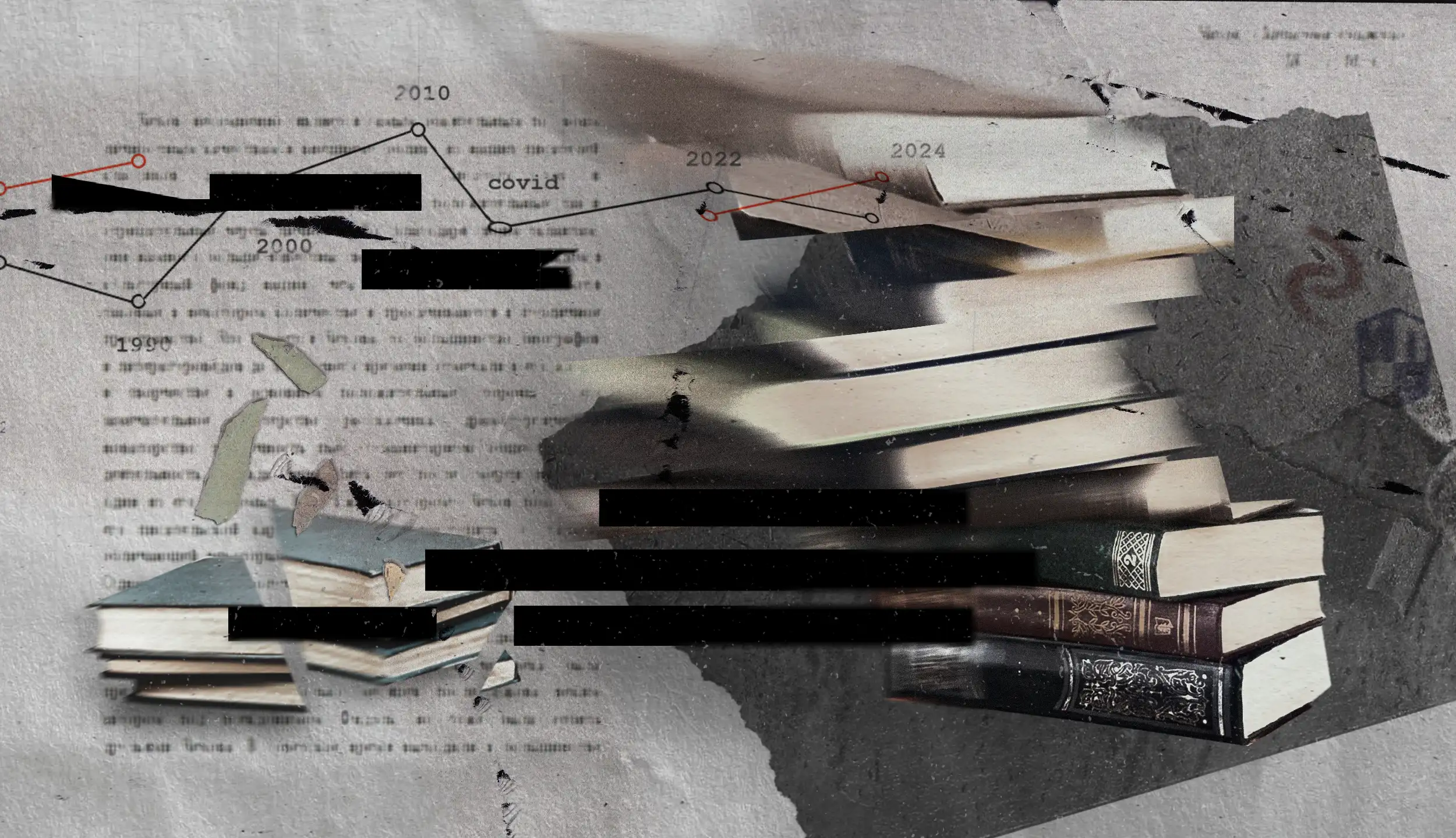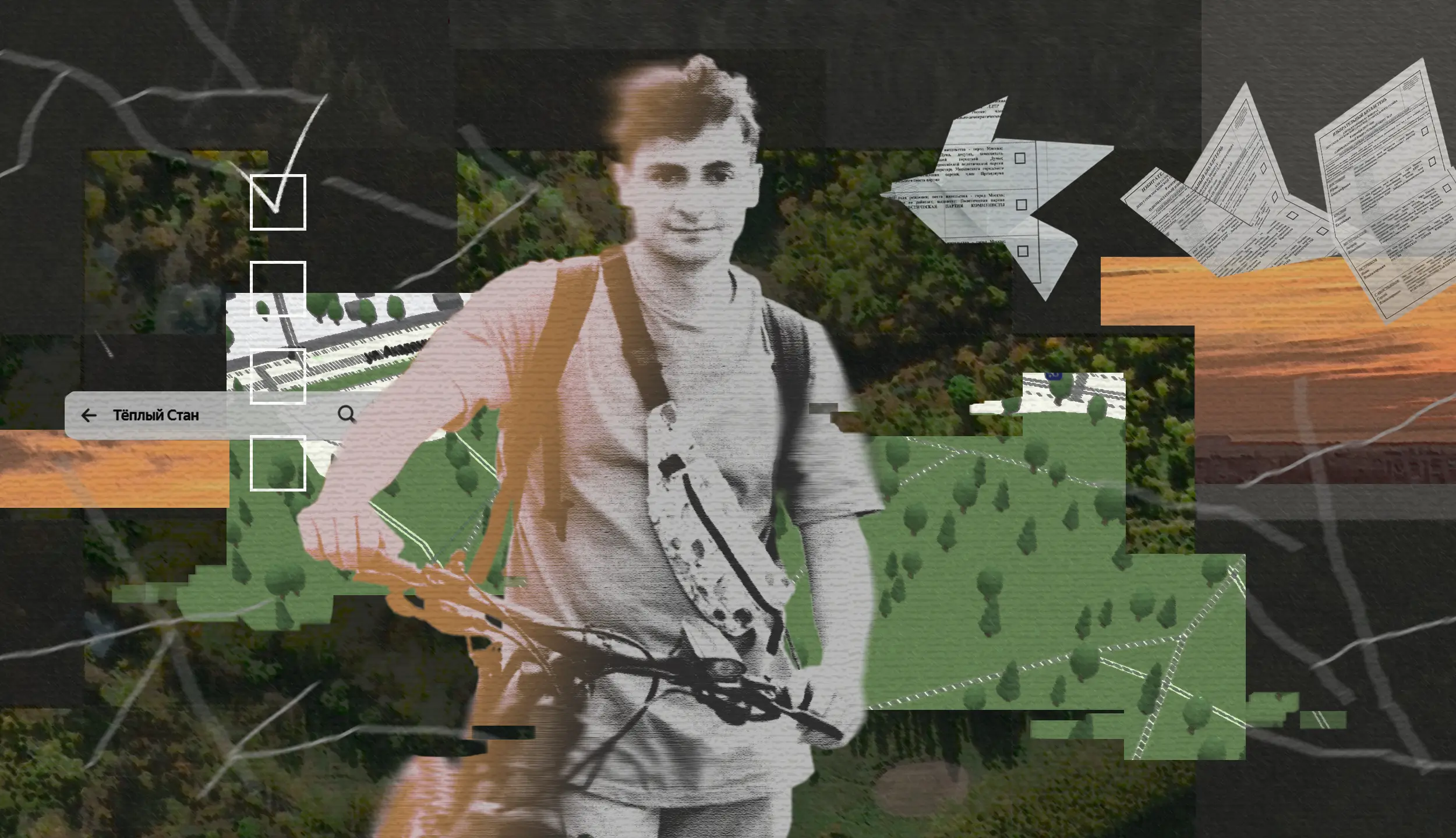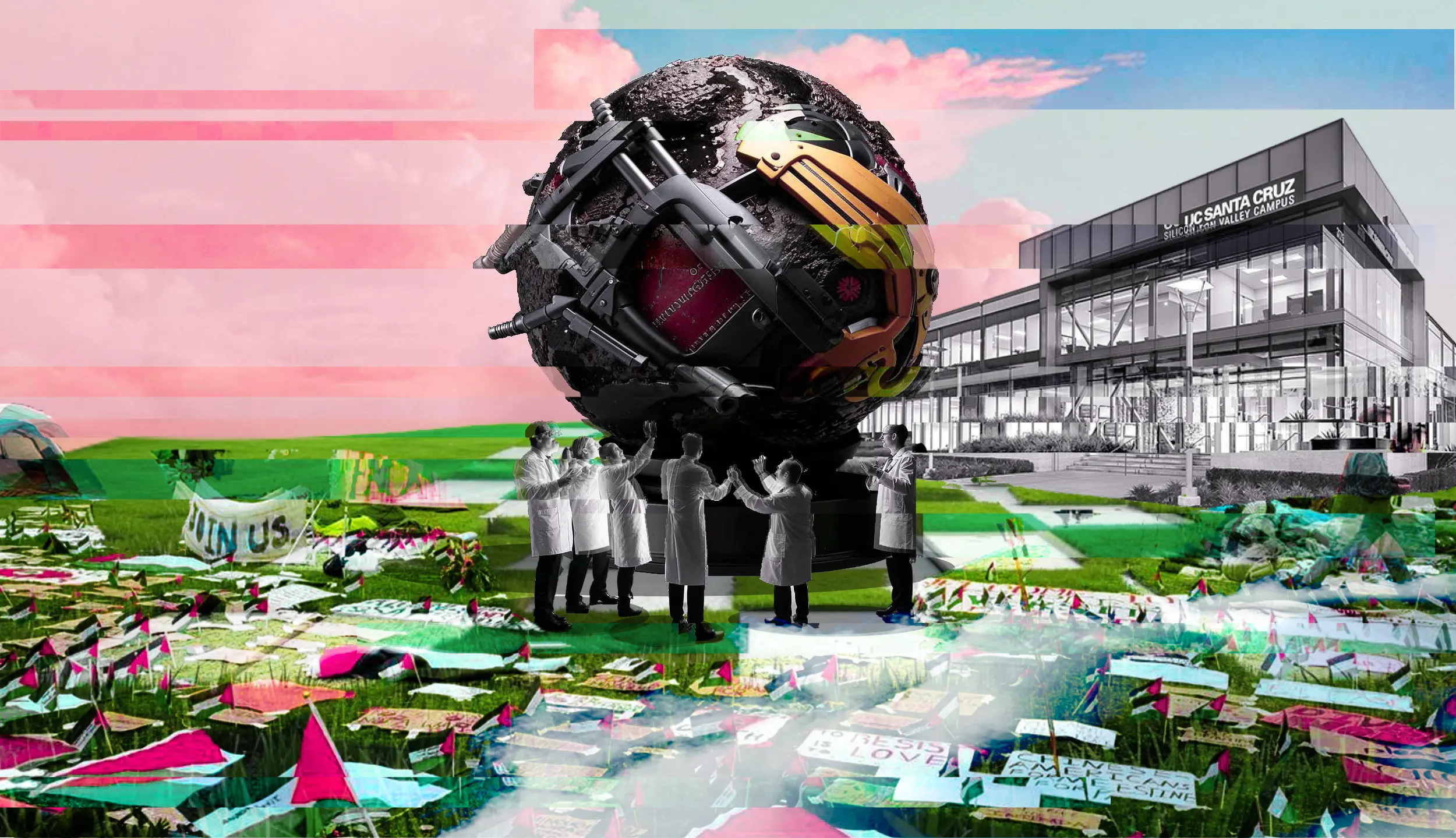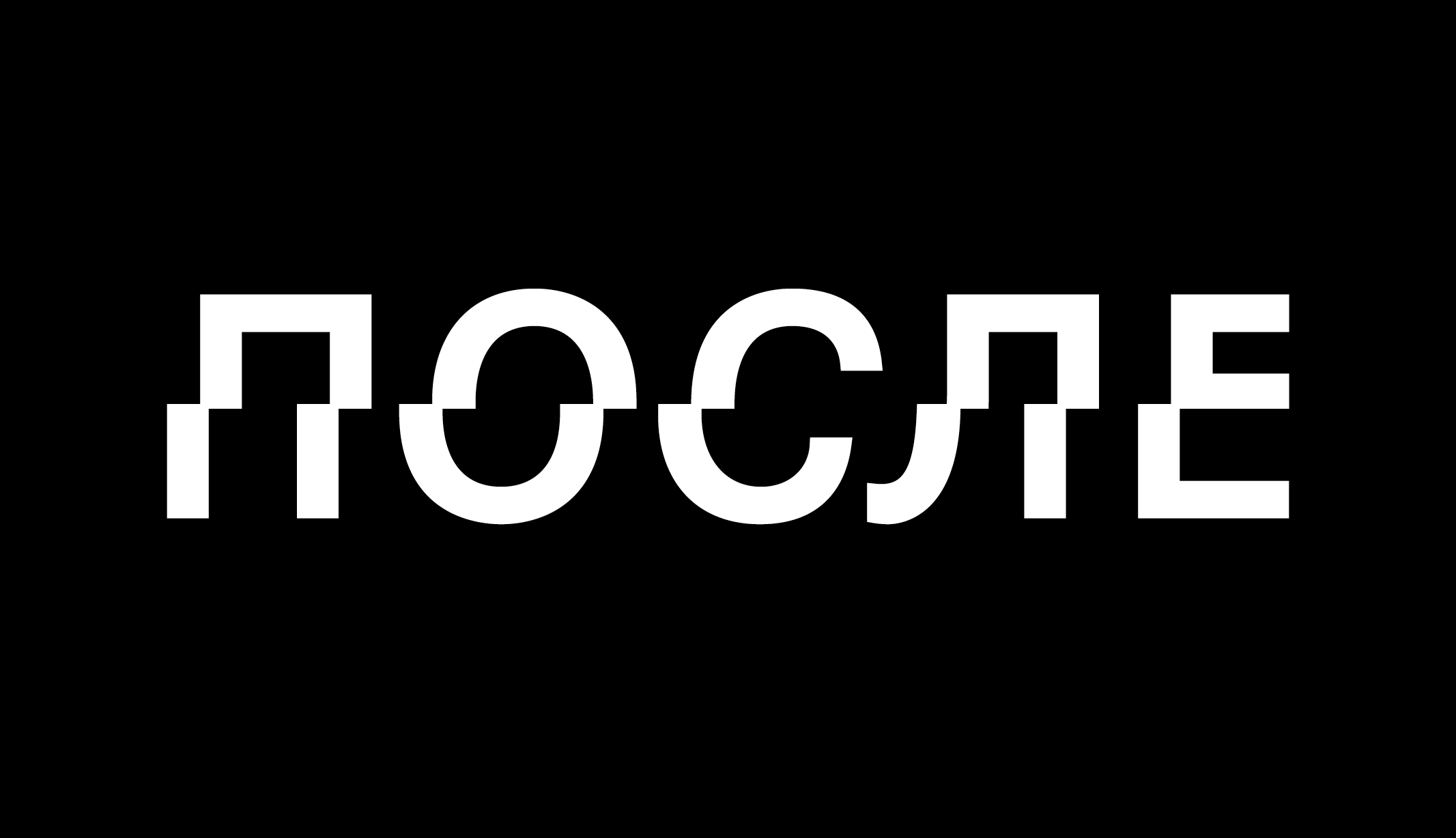For 30 years, Iran’s hybrid political regime was stable, buttressed by a bizarre mix of both democratic and unelected institutions. For all its authoritarianism, the Islamic Republic gave the impression of being adaptable and adept at sustaining a dialogue with a sizeable constituency in Iranian society. The protests of 2022 brought an end to this apparent “idyll”.
The End of Competition
Needless to say, a far-reaching crisis of legitimacy doesn’t materialize overnight. In 2017, upon President Hassan Rouhani’s re-election, the country and state institutions both seemed to have life in them and the population still entertained hopes for the future. However, within five years, the political system that allowed the country not only to survive but to develop has become an alien force hated by most of the country’s inhabitants.
The Islamic Republic’s founder and spiritual leader, Ruhollah Khomeini, died in 1989. At that moment, no one in the country could match his influence or authority. An underhand struggle in the corridors of power in the corridors of power erupted between two figures, who set in motion a process of constitutional reform and carved up control of the country between them: Ali Khameni, who became the country’s spiritual leader, and Ali Akbar Hashemi Rafsanjani, who assumed the role of president. This dualism has since underpinned Iran’s political model, in which two political forces struggle for ascendancy – conservatives and reformers.
By the second half of the 1990s, a bizarre political system had emerged, characterized by incessant inter-elite struggles for power. With this, elections became one of the most effective techniques for amassing political capital — whether at a municipal, parliamentary or presidential level. It would be a stretch to characterize these elections as free — candidates were invariably subject to rigorous screening – yet they were, subsequently, relatively competitive and unpredictable. Unlected institutions, including the Guardian Council (also known as the Constitutional Council) and the spiritual leader, coexisted with the electoral process.
Another tendency soon became apparent. From among the authorized candidates, people would increasingly vote for the figures they least associated with the ruling class. In other words, practically every significant vote became, in one way or another, a protest vote. This tendency was particularly flagrant during presidential elections, for which a “rule” emerged: the candidate supported by the spiritual leader will inevitably lose.
The system experience a serious crisis in 2009, when Mahmoud Ahmadinejad failed to garner the required number of votes to secure first place in the presidential elections; his supporters, the conservatives and spiritual leader, resorted to widespread electoral fraud so as to “confect” a victory. Hundreds of thousands of people took to the streets in the country’s capital to demand a recount.
The country’s political elite responded to this crucial moment pragmatically: the subsequent elections were not tampered with, and in 2013 the public elected Hassan Rouhani, an advocate for dialogue with the U.S. It seemed as though public pressure had compelled the authorities to opt for internal reforms, ceding room for the elite’s notionally “liberal” wing. There was hope that there would be a gradual transformation from authoritarianism to a more inclusive system, integrated with the global economy. These hopes were extinguished by President Donald Trump, who unilaterally withdrew the U.S. from the nuclear deal (JCPOA) with Iran in 2018, unleashing a policy of maximum pressure on the country. Overnight, the system’s liberal reformers and those who advocated dialogue with the West lost their support.
The problem was that the conservatives, now in power, viewed Trump’s sanctions against Iran not as a threat to the system but as an opportunity to settle scores with old enemies. As a result, a campaign was launched to decisively discredit Rouhani and his allies. They got their way — the reformers categorically lost all support in the country.
And yet, it wasn’t society’s demands in themselves that had changed. A large part of the population remained in favor of opening up to the world, ending repressions and expanding freedoms — they held their own. Rather, it was those politicians who had promoted these ideas and yet broken their promises, who saw their support evaporate. It was also to be expected that a public who had previously voted for societal change would not redirect its support to the conservative hardliners.
In the two years prior to the ill-fated 2022, the authorities oversaw two atypical electoral campaigns — this time, no candidates with meaningfully alternative views were allowed onto the ballot. These campaigns were for the Iranian Majles in 2020 and the presidential elections in 2021. It’s clear that the exclusion of reformers had become possible because the population had lost the enthusiasm to stand up for them — there were no protests of the kind witnessed back in 2009.
This absence of competition had predictable results — the lowest turnout in history for both elections. Moreover, during the elections for the conservative president Ebrahima Raisi, the second place was “won” by spoiled ballots (Iranian citizens don’t have the option to choose “None of the above” when they vote).
Systemic Crisis
This self-inflicted crisis has emerged in a context in which the state is palpably stalling on many fronts. This is above all conspicuous in the deplorable state of the country’s economy. In absolute terms, Iran’s GDP today is roughly equal to indicators for 2010–2011 — the year when a major package of tough sanctions was imposed on Tehran. If to analyze Iran’s GDP today in per capita terms, then the figure is equal to 2004–2005. Taking into account inflation at 40–50% and high levels of unemployment, the outlook for the average citizen is unambiguous: there is no hope for improved living standards.
At the same time, social policy — which had, for many years, been the system’s backbone because it was targeted at the poor — is failing. The state is finding it increasingly difficult to afford subsidy provision, including for petrol, electricity, water and basic foodstuffs. Each respective rise in prices sparks fierce protests from the population, as in November 2019 (due to the rise in the cost of petrol) or in May 2022 (due to subsidy cuts for bread). Yet not raising prices at all is impossible.
Finally, there’s the generational divide — perhaps the most important of all. The majority of Iran’s population today are “children of the revolution”, born after 1979. The average age of an Iranian citizen is 32. They remember neither the Shah nor the hardships of the Iran-Iraq war. Moreover, the Islamic Republic’s earlier successes in social policy are now a liability. Significant increases in literacy, access to education and life expectancy, all attained in the post-revolutionary years, have fostered expectations of greater social mobility and higher living standards, changes in the cultural sphere and reforms of the political system. Young people subscribe ever less to the traditional values under whose sign the older generation had carried out the revolution.
A revealing example is the place of women in society. Over the years, there has been a fairly consequential process of emancipation in the Islamic Republic. Women have gained widespread access to primary and higher education. The proportion of women among students in Iran exceeds 50%. Iran’s family planning policies, implemented since the 1990s, have also had a significant influence: over the course of ten years, the birth rate dropped from almost 5 children per household to an average of 2. This contributed to the dismantling of the traditional model, in which women were expected to remain mothers and housewives. The authorities promoted the idea that women should master new professions, become pilots, chauffeurs, diplomats, Majles deputies, and so on.
Both women’s position in society and citizens’ views of their role have markedly changed. Nonetheless, the expansion of education and the carving out of new professional niches reproduced systemic inequalities, the most striking manifestation of which remained the mandatory dress code (hijab). It’s fair to say that emancipation was carried through with only a limited provision of basic rights and freedoms for women.
It was therefore precisely the issue of the hijab that became the uniting agenda. It’s difficult to imagine a starker symbol associated with the Islamic Republic. At the same time, the grounds for the recent protests are not reducible to the question of the mandatory dress code. Rather, the point is that the prevailing model of cooperation between state and society has collapsed. This doesn’t necessarily imply the collapse of the government but Iran will never be the same again.
The Future of the Protests
By the end of December 2022, protests at a national scale had exhausted themselves. In Iran’s Sistan-Baluchistan province, the Baloch continue to hold relatively sizeable and regular demonstrations but elsewhere protests are for the most part limited to isolated or very small-scale occurrences. The reason for this decline appears to be the characteristic rhythm of social uprisings. It’s impossible to sustain peak levels of engagement — sooner or later people begin to get tired.
We can discern two peaks of protest activity, different in character, during this period. The first was the peaceful protests on October 26, 40 days following the death of Mahsa Amini — the woman whose tragic murder in police custody sparked the beginning of the protest movement. The second was the peak of violent protests during the week of November 15-21. For the most part, these latter erupted in the Kurdish regions and were brutally suppressed by the Islamic Revolutionary Guard Corps (IRGC) and the army.
In the current conjuncture, the authorities could mistakenly interpret the decline in protest actions as a sign of the success of the measures they’ve adopted. For the first time, in the middle of November they authorized the deployment of conventional army units and the systematic use of live firearms to suppress the protests. Until then, the authorities had limited themselves to teargas, police wielding batons and firing warning shots at active protestors. In December, they resorted to other methods: demonstrative death penalties. At the time of writing, that is, by mid December, two protesters have been executed (one of them publicly) and around ten others have been sentenced to death but not yet executed.
However, such success is illusory. The issues that sparked the protests have not only not been addressed but have palpably worsened. Thus, the economic situation — against a backdrop of instability and the authorities’ restrictive measures targeting, for example, the internet — is only becoming more difficult. But most importantly, the gulf between the authorities and a large part of the population has only continued to widen.
After three months of unprecedented protests, the conservative elite has failed to concede the necessity of reforms. Instead, it is reshuffling its cadres (removing those whose loyalty is in question) and ramping up its domestic propaganda and “community outreach”. Such measures aim to prevent splits within the elite and to preserve niche support among the regime’s base. However, they are only worsening the crisis that led to the current situation.
Iran in its current situation has become a powder keg. Given the depth of its internal contradictions, which permeate all levels of society, domestic protests aren’t going anywhere. Even an apparent trifle has the potential to blow the fuse, both in particular regions and across the entire country.

